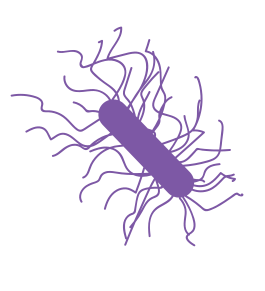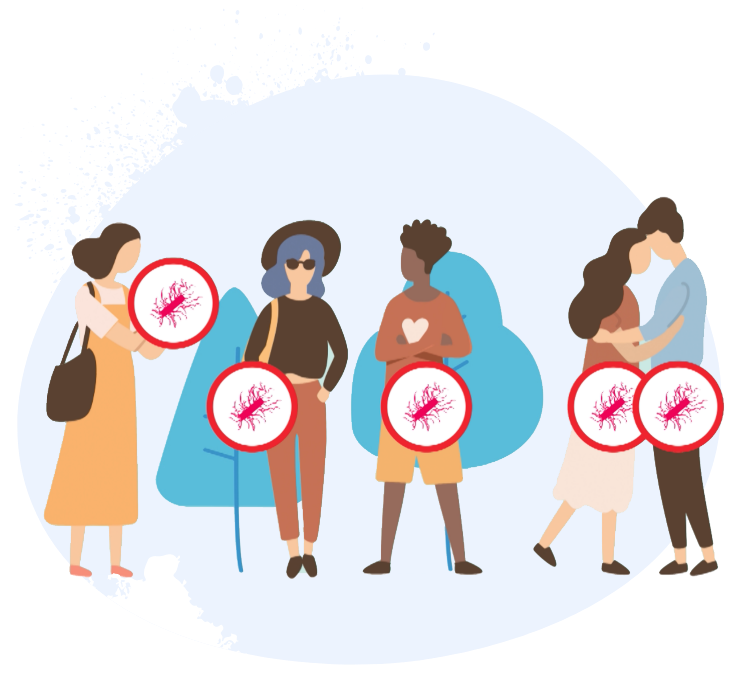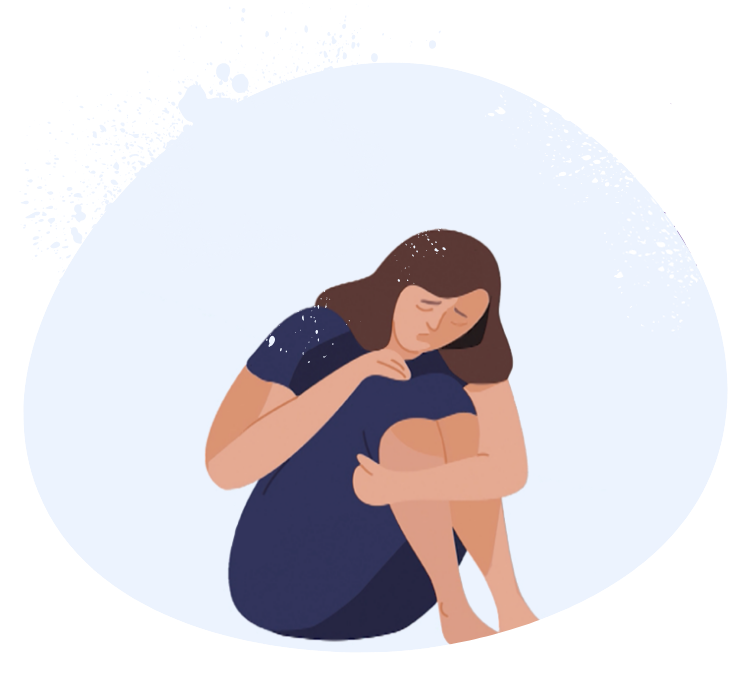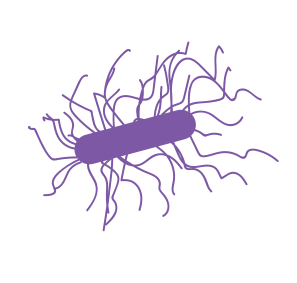
Clostridioides difficile
klos-TRID-e-OY-dees dif-uh-SEEL or C. difficile
is a bacterium (germ) that can cause a serious and potentially life-threatening infection associated with symptoms ranging from diarrhea to severe intestinal infections.1,2

C. difficile bacteria can be anywhere and persistent.
The spores are found throughout the environment in soil, household objects such as bathroom fixtures, human and animal feces, and in contaminated food products.1,3,4,5 They have the ability to exist and spread in an inactive state known as spores, which are highly resilient and easily transmissible.6,7

C. difficile spores are resistant to heat and other common cleaning agents like detergents and alcohol-based hand sanitizers,7,8 and the bacteria can persist on hard surfaces for up to five months.9,10



C. difficile infection (CDI) is unpredictable and can occur in anyone, particularly adults.
CDI disproportionately affects older adults and represents an important health burden in adults 65 years of age and older.11
Nearly two thirds of cases occur in individuals over 65 years of age, and one out of 11 US adults aged 65 and older with healthcare-associated CDI will die within one month of diagnosis.12,15
CDI can be a debilitating and potentially deadly disease.
Common symptoms of CDI include watery diarrhea more than three times a day;1,13 abdominal tenderness or pain; fever; nausea; and loss of appetite.1,14
Severe symptoms may include swelling or inflammation of the large intestine, toxic megacolon (a rare yet life-threatening complication of severe colon disease or infection), and in some cases may even result in death.1





